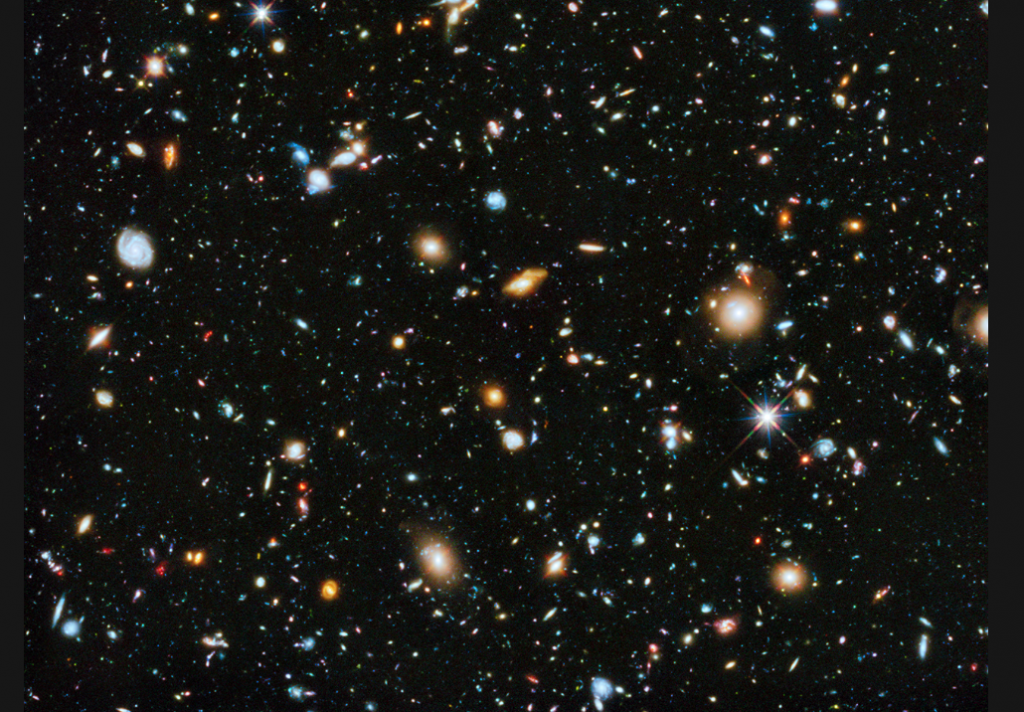
A view of the universe from the Hubble Space Telescope. (Source: NASA)
Researchers Predict Ability to Create Virtual Parallel Universe through AI
From the Earth to Mars and everyplace in between AI has already left its footprint, in a manner of speaking. AI has been used to boost the development of all space exploration programs around the world. As the leading program, NASA relies heavily on AI in the International Space Station. But the cost of using AI in space is pretty hefty.
The use of AI in space exploration is valued at a staggering $2 billion—and growing. Both human and scientific exploration missions are impacted by AI developments.
It would be cheaper to figure out what space will do with various items, alive or inert if you could do it in a computer universe. That is what a piece in analyticsinsight.net cites as a good idea.
The idea of parallel universes has captivated the imagination of scientists, novelists, and screenwriters for decades. Scientists today are working on calculations for the creation of new universes. However, the energies needed for monopole creation are well out of reach even for the most powerful and expensive machines. Child universes can result from temperatures of 1,000 trillion degrees. That’s out of range for us but perhaps not to a more advanced civilization.
Impractical for the moment, they are theoretically possible tasks for the technology of future decades. Research shows that creating a parallel universe is now possible with an AI lab.
Is creating another universe just a project for computer geeks or are scientists really thinking about how to create a parallel universe? For now, it’s just in the lab and in the algorithms that scientists use. But will we really evolve enough to create a real parallel universe? Do we really want to do that?
All Eyes on NASA
NASA is the resource for other countries’ space programs. And by joining them NASA defers some of the funding.
Gathering the data from NASA, Artificial Intelligence Data Analysis (AIDA) project, funded under European Horizons 2020 framework is developing an intelligent system that will read and process data from space, aiming to discover new things, reveal anomalies, and recognize the structure. AI is looking at thousands of asteroids that pass by constantly.
NASA’s exploration program for Mars has AI applications that might mark a milestone in the AI in space timeline. The AEGIS (Autonomous Exploration for Fathering Increased Science) initiative took off in 2020 and is set on Mars and is helping the Rover with cameras and specimen collection.
NASA is also making a move along with Google to train its expensive AI algorithms to effectively sift through the data from the Kepler mission to look for signals from an exoplanet crossing in front of its parent star.
So it is clear that AI is an equal partner with anyone who is really serious about space exploration. Creating the conditions of space, or traveling through it in an AI algorithm and then testing ideas in the lab is less expensive while it shows what is possible and what isn’t. And with the robotics that is expected to be such a huge part of space exploration, the ‘AI footprint’ will be vital for our space exploration to be a success.
read more at analyticsinsight.net







Leave A Comment